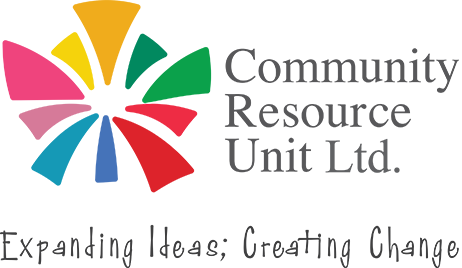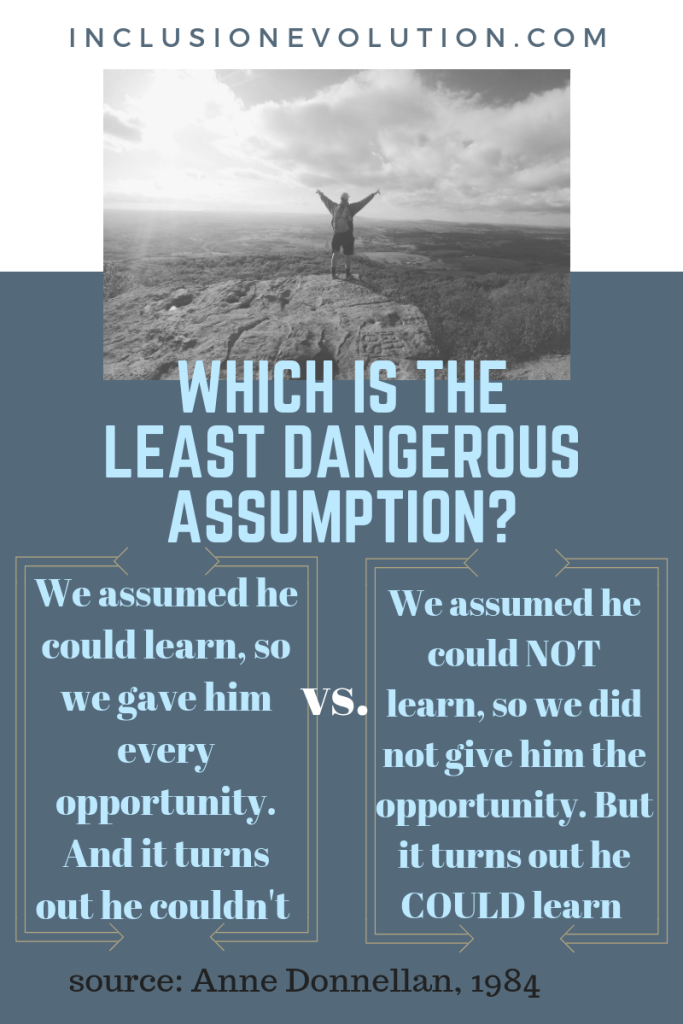
Vision for an Inclusive Education
A ‘vision’ can help people with disability and their families get what others often take for granted: a good life.
A vision document capturing long-term hopes and dreams can be a powerful tool for sharing long-term goals and clarifying the place school can play in achieving that vision.
A vision of an inclusive life is essential if a family wants a child with a disability to live a life embedded within, and contributing to their community, rather than being a ‘visitor’ on the outskirts. An inclusive education provides a natural foundation to an inclusive life.
Creating a vision
Video
Developing a Vision for Inclusion
Community Resource Unit Ltd.
This shares the stories of Millie, Benji and Will and how they have developed and used a Vision Statement.
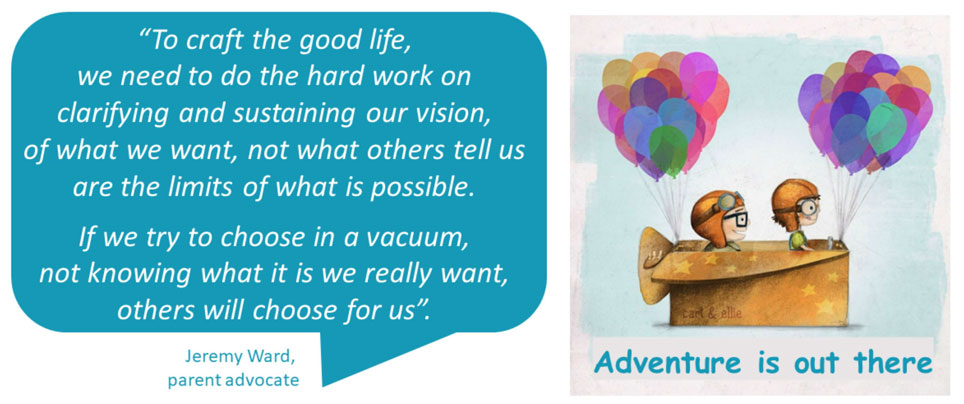
Video
Inclusive Education: Having a Vision for Inclusion
Community Resource Unit Ltd.
This video explores how to create and use a positive vision for a life of inclusion and what strategies can help deepen the inclusion of children with disability in their local schools.
Article
Sowing the seeds for the good life
Ingrid Michalowsky
"It is opportunities such as these... that tap into people's existing day to day lives that best help us to achieve our goals for our son."
Worksheets
Fact Sheet
Getting Ready - Planning for school inclusion
Community Resource Unit Ltd.
"It is never too early or too late to choose inclusive education."
Video
What is a vision and how can we use it?
Imagine More
This video shares an example of a vision plan by unpacking the developmental process and how it has been tried, tested and implemented it with the broader community.
Book
Dreaming Big, Standing Strong: Queensland Stories of Inclusive Education
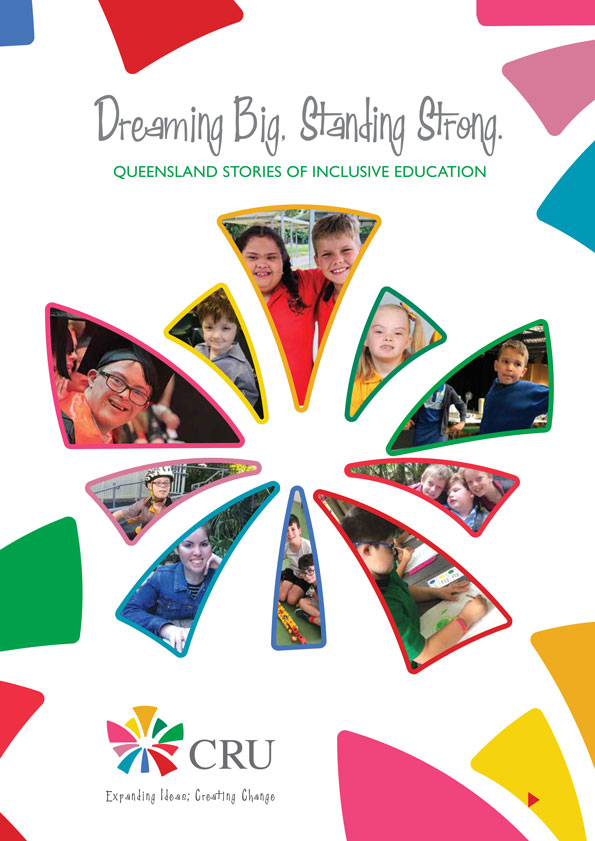
Community Resource Unit Ltd.
Holding a strong vision for inclusion can be tough when there are so many voices planting doubts about what is possible or still recommending a special, separate path for students with disability.
In this collection of stories we hear from graduate students, parents, and educators about the positive benefits inclusive education brings, as well as the barriers that still stand in the way. Advocacy tips, including the importance of nurturing a positive vision, are outlined.
Often it is said “seeing is believing”, so we encourage families and others to read these encouraging and illuminating Queensland stories and see the beautiful images of inclusion in action.
Thinking typical and ordinary
Video
Jack's Ordinary Life of Inclusion
Community Resource Unit Ltd.
Fact Sheet
Dealing with transitions - starting school and starting high school
Community Resource Unit Ltd.
"Don’t expect that the school will know how to include. Let them find their feet but also share your vision, knowledge and ideas."
Video
Clarity of Vision: A compass for the journey
Family Advocacy
Wendy Stroeve speaks about the benefit of having a clear vision driven by determined action.
Introducing your child positively
Video
Leading with Gifts: Introducing your Child Positively
Community Resource Unit Ltd.
Aiming high

Article
Ability & Opportunity in the Rearview Mirror
Emma Van der Klift and Norman Kunc
"The significant obstacles confronting us are the lack of opportunities, not the limitations of ability. And in that context, we also need to think about the kind of support we offer in order to ensure that people leave school with a sense of confidence, competence and optimism..." Below link opens in a new window.
Article
Outing The Prejudice: Making The Least Dangerous Assumption
Zach Rossetti and Carol Tashie
"'Least dangerous assumption' states that in the absence of absolute evidence, it is essential to make the assumption that, if proven to be false, would be least dangerous to the individual...
the absence of evidence can never be absolute evidence of absence, and as such, it is always safest and most respectful to make the 'least dangerous assumption."
Article
The least dangerous assumption
"The problem is not the child... The problem is how we instruct that child, and the environmental inadequacies the child faces.
The least dangerous assumption is to presume competence of all children. Assume they can learn.
Assuming they cannot learn leads to segregated settings, missed educational interventions, and ultimately dependence in adulthood."
Video
One of the Boys
Community Resource Unit Ltd.
Article
Five Reasons why Presuming Competence is ALWAYS a Good Idea
Cheryl Jorgensen
"This notion of presuming competence tends to be a deeply held belief and those who hold it don’t need I.Q. or other test scores to back them up. For them, and for me, it’s the “least dangerous assumption” I can make about any student or any person. As I’ve thought more deeply about this idea over the last 30 years – and yes, there have been students who’ve challenged my beliefs – I’ve identified five reasons why presuming competence will always guide my work."
Video
The Importance of Presuming Competence
Shelley Moore
Shelley encourages us to reflect on our own assumptions about disability and to take the very important first step towards inclusion by presuming competence in all students.
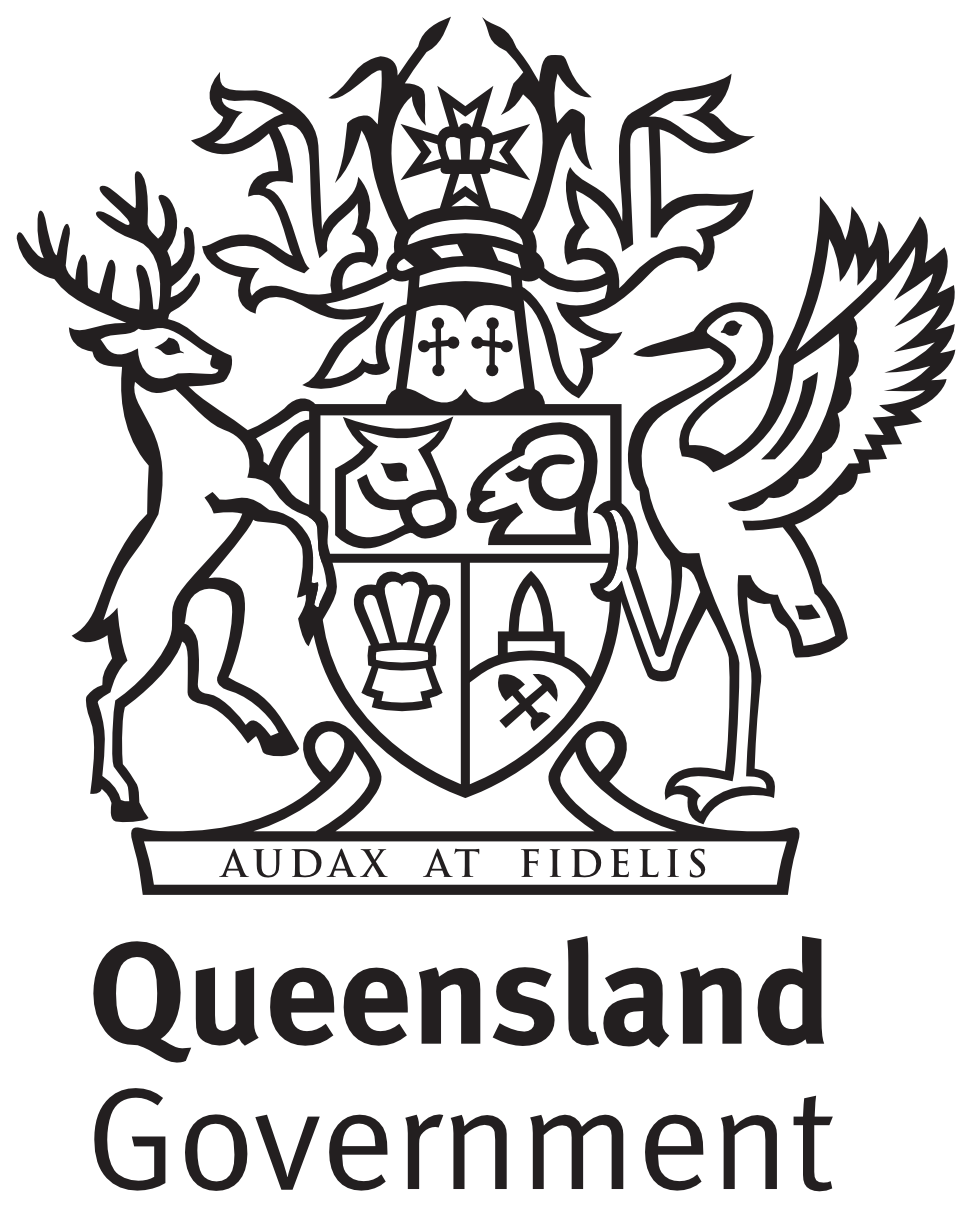 This project is proudly supported by the Queensland Government through the Department of Education.
This project is proudly supported by the Queensland Government through the Department of Education.
The Department of Education website outlines its commitment to Inclusive education through its inclusive education policy.
